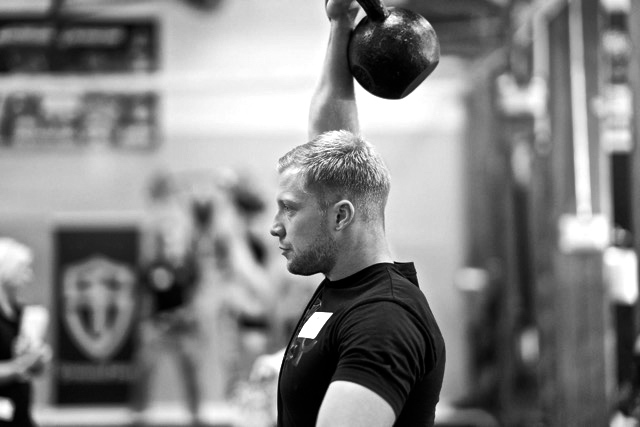Neuro-Bob
Level 10 Valued Member
Suppose one wanted to train for the old school 10 minute secret service snatch test.
Would you take the recommendations applied to the 5 minute SFG snatch test (as in the article A Solid Game Plan For Acing The Snatch Test) and simply stretch it out to 10 minutes?
Or is there more to it…?
Bonus points question that’s not important - why the shift away from the 10min test and towards the 5min test? Kind of a “not necessary, point of diminishing returns” type of thing?
Would you take the recommendations applied to the 5 minute SFG snatch test (as in the article A Solid Game Plan For Acing The Snatch Test) and simply stretch it out to 10 minutes?
Or is there more to it…?
Bonus points question that’s not important - why the shift away from the 10min test and towards the 5min test? Kind of a “not necessary, point of diminishing returns” type of thing?

